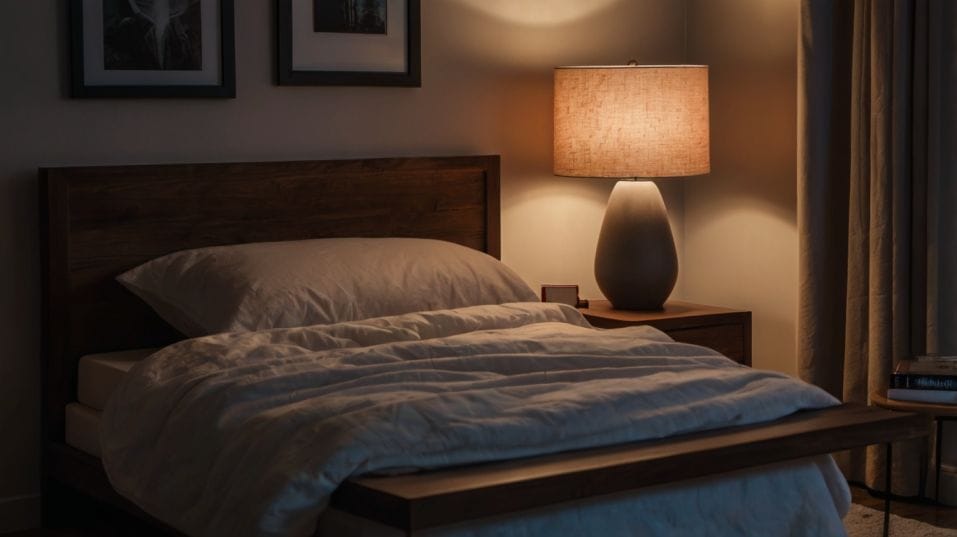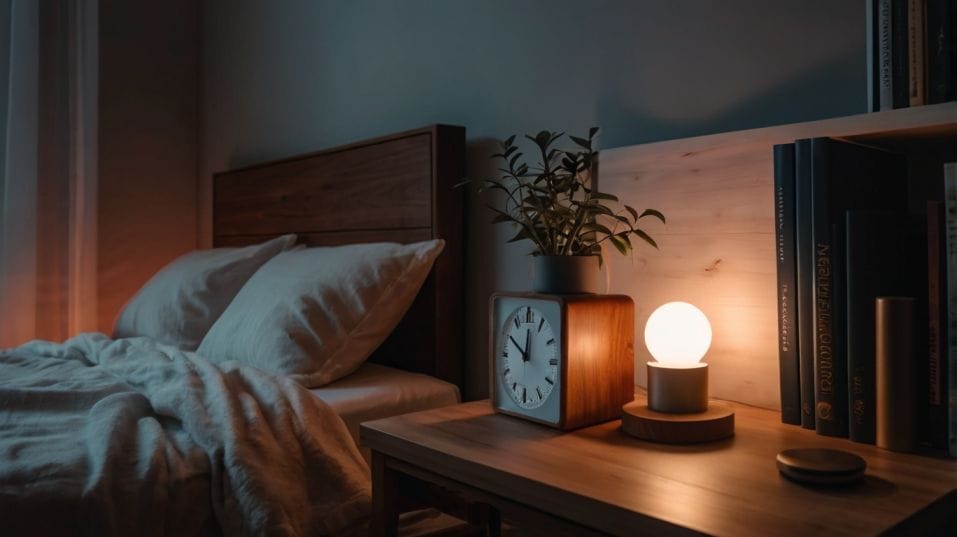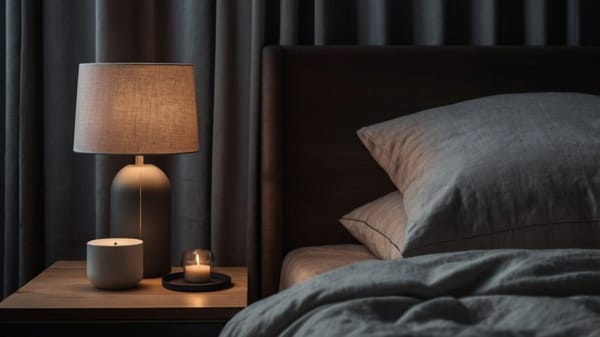The Role of EMF-Free Devices in Sleep Hygiene
Tired of restless nights? Learn how EMF-free devices can boost deep sleep, energy, and recovery—no pills, hacks, or guesswork needed.

Ever wonder why you still wake up drained—even after doing everything “right” for sleep? It might not be stress, caffeine, or your mattress.
The real disruptor could be something you don’t see: electromagnetic fields (EMFs) quietly buzzing from your bedroom tech. These invisible signals can interfere with your brain’s natural sleep rhythms.
The good news? Reducing EMF exposure is simple, science-backed, and incredibly effective if you want deeper rest and better recovery.
How EMFs Affect Your Sleep—Even If You Don’t Feel It
Your bedroom might look peaceful, but it could be a hotbed of low-level radiation. Phones, tablets, smart speakers, Bluetooth wearables, Wi-Fi routers—all of them give off EMFs 24/7. You can’t see or feel them, but your body absolutely can.
Here's how it works: your brain and nervous system rely on electrical signals to regulate everything from melatonin release to circadian rhythm.
When you sleep next to EMF-emitting devices, your body treats the constant electrical chatter as a subtle stressor. It’s like sleeping next to a quiet engine—it may not wake you up, but it keeps your brain on edge.
Multiple studies have linked EMF exposure to disruptions in REM sleep, reduced sleep efficiency, and delayed sleep onset.
Some researchers also point to lowered nighttime melatonin production, which is crucial for deep, restorative rest. The science isn’t about fear—it's about function. Your body is an electrical system. EMFs interfere with that system.

What EMF-Free Devices Actually Are—and Why They Work
The idea isn’t to strip your bedroom of all technology. It’s to use tech smarter.
EMF-free or low-EMF devices are built to minimize electromagnetic emissions while still serving a purpose. Think battery-powered analog alarm clocks instead of glowing digital ones.
Sleep trackers that store data locally instead of syncing over Wi-Fi. Reading lights that don’t rely on wall sockets pumping out electric fields all night.
These swaps lower your body’s “background noise” while you sleep. That allows your parasympathetic nervous system—the one responsible for deep rest and repair—to fully engage.
You’re not just getting better sleep. You’re getting more efficient recovery, sharper focus the next day, and a stronger immune response over time.
It's not about going off-grid. It's about dialing in your environment so it actually supports the kind of high-quality sleep your body needs to function at its best.
Practical Moves to Make Your Bedroom an EMF-Free Zone
This isn’t complicated. It just requires some awareness and a few strategic changes.
Step one: remove or disable the high-EMF offenders
Phones don’t belong next to your face overnight. If you must keep it nearby, switch to airplane mode and turn off Bluetooth.
Better yet, charge it in another room and use a battery-powered alarm instead. Those constant pings and background signals aren’t worth the trade-off.
Step two: change how you light your space
Overhead lighting and plug-in lamps carry electric fields even when they’re off. Swap to rechargeable LED lanterns or red-spectrum battery lights for evening use. Bonus: red light doesn’t mess with melatonin production the way blue light does.
Step three: shut down or move your wireless signals
Put your router on a timer that turns it off at night. If that’s not an option, move it far from your bedroom and avoid keeping devices like laptops and tablets near the bed. EMFs weaken with distance, so even small relocations matter.
Step four: choose non-connected alternatives
Many sleep tools and gadgets have offline counterparts. Go for a journal instead of an app to track sleep quality.
Use a white noise machine with a manual switch and no wireless components. If you’re into wearables, find options that store data locally or use airplane mode during sleep.
If you live in an apartment with heavy Wi-Fi bleed from neighboring units, consider shielding options like EMF-blocking curtains or grounding mats.
These aren’t essential for everyone, but they can make a difference if you’re in a high-density living space.
The win here isn’t perfection. It’s progress. Each device you change or move makes your sleep environment cleaner, quieter, and more restorative.
The Real-World Payoff of Sleeping EMF-Free
You won’t need a lab test to notice the difference. Within a few nights of reducing EMF exposure, most people report falling asleep faster, staying asleep longer, and waking up without that crushed-by-a-truck feeling.
Your brain enters deep sleep more easily. Your body repairs itself more efficiently. You recover from workouts faster. Mood lifts. Focus sharpens. That low-level fatigue you thought was normal? It starts to disappear.
And all it takes is removing a few sources of invisible interference. This is one of the few sleep upgrades that doesn’t require a supplement, a course, or expensive gear.
It just requires paying attention to your space—and making it serve you better.
Final Thoughts
If you want to sleep like your body was designed to, you need to stop letting invisible static run the show. EMF-free devices aren’t about fear or fringe theories—they’re a smart, practical upgrade to your sleep environment that actually works.
Swap the glowing clock. Move the phone. Unplug the noise. You don’t need to wait to feel better. Start tonight. Go EMF-free in your bedroom and reclaim the kind of deep, uninterrupted sleep that powers everything else in your life.




